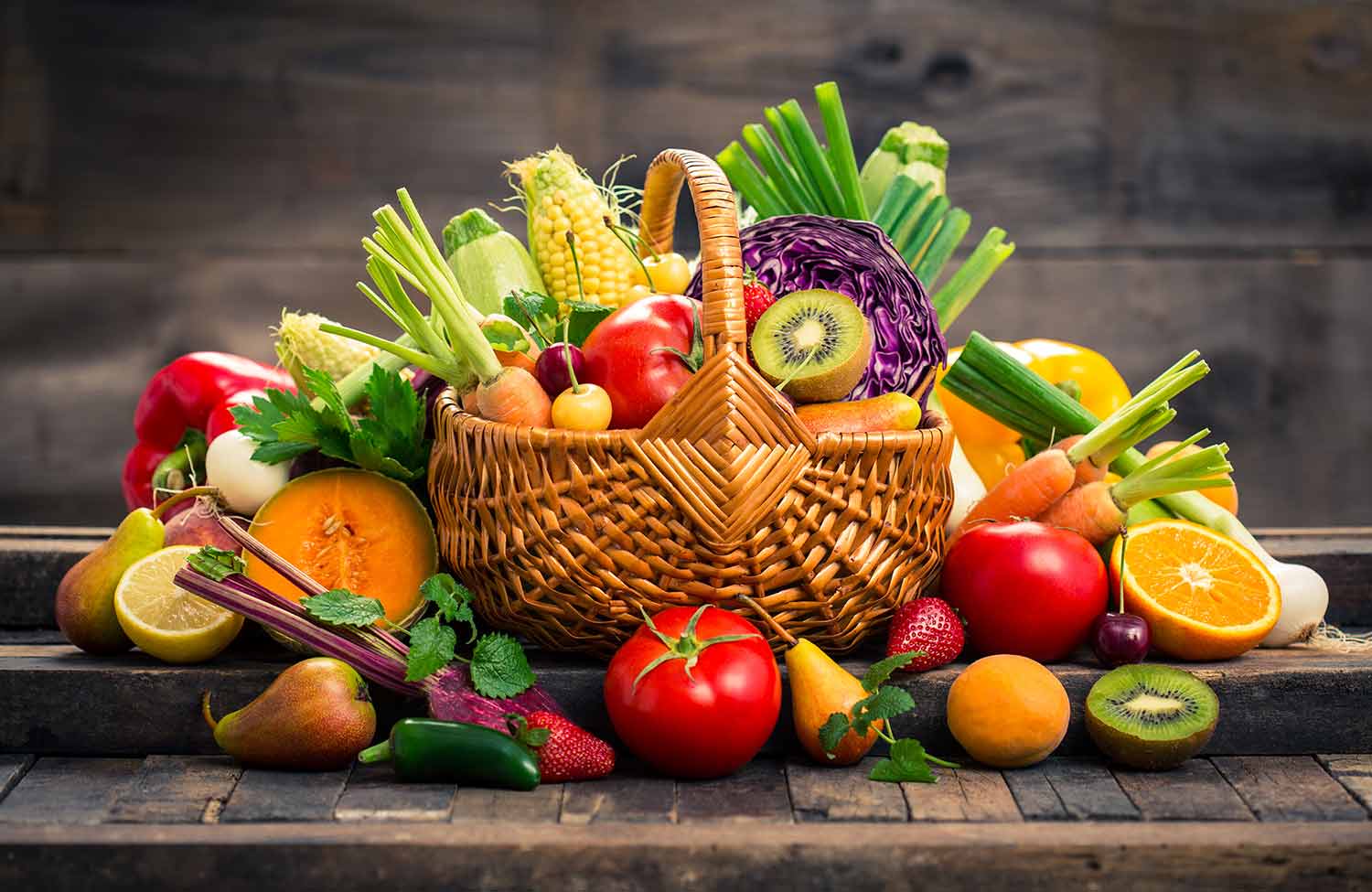Eating more veggies and fruits is one of the easiest and best things you can do to make your health better. They give your body the fiber, vitamins, minerals, enzymes, and other nutrients it needs to work at its best. Many people still don’t get the recommended daily amounts because they don’t know how to add them to their food or think it will be too much work. The truth is that if you do it the right way, eating more fruits and veggies can be easy and fun.
There are easy, everyday things you can do to eat more fruits and veggies without feeling stifled in this piece. These tips will make it easy for you to make better choices when you cook at home, pack lunch for work, or eat out.
Eat fruits and vegetables first thing in the morning
Having more fruits and veggies for breakfast is a great way to do it. Instead of getting a fast, prepared meal, try eating more natural foods. You can slice bananas or berries and add them to your breakfast in the morning, make a drink with spinach and mango, or scramble eggs with chopped veggies like peppers, tomatoes, and spinach. You can get a strong start to the day by making these small changes to your first meal. They will make it more nutrient-dense and awaken you.
Make your lunch vegetables the main thing you eat
A lot of people eat rice meals, wraps, or sandwiches for lunch. Adding lettuce, onions, and tomatoes to your sandwiches or making a bright salad with lots of different tastes and textures is an easy way to sneak in more veggies. Another tasty way to balance your meal is to make a grain bowl with roasted vegetables and lean meats. Even a simple vegetable soup can give your body the nutrients it needs to stay alert and focused all day if you’re in a hurry.
As a snack, pick fruits
A lot of people eat prepared foods like chips, cookies, and sugary drinks as snacks. One of the easier changes you can make is to swap these out for fresh veggies. Apples, oranges, grapes, and pears are easy to carry, store, and don’t need much or any preparation. If you only eat a few dried fruits, they can also give you energy quickly. Fruit and protein together, like apple slices with peanut butter, make a snack that is both tasty and filling.
Increase the amount of vegetables in your meals
Vegetables can be the main focus of dinner many times instead of just being a side thought. Add sautéed spinach, mushrooms, or zucchini to your rice or pasta instead of serving it plain. Carrots, sweet potatoes, and broccoli that have been roasted not only taste great but also make your plate look more interesting and colorful. If you like pasta, you can use zucchini noodles or spaghetti squash instead of regular pasta and still feel full. Adding more vegetables to your dinner plate can help you eat fewer bad calories while also making it healthier.
Try making smoothies and juices
Smoothies are a great way to get both fruits and veggies into one tasty drink. Putting spinach, kale, banana, and pineapple together can make a cool drink that is full of minerals and vitamins. If you don’t like the taste of some veggies, mixing them with fruits can often hide their taste while still being good for you. But it’s important to keep drinks and smoothies healthy—do not add too much sugar, and use whole fruits and veggies to keep the fiber.
Use creative ways to cook
Some people don’t eat veggies because they believe they don’t taste good. However, the way you cook can completely change how much fun it is. Vegetables taste naturally sweet when roasted, spicy when grilled, and satisfyingly crunchy when stir-fried. You can also make veggies taste better by seasoning them with garlic, herbs, spices, or olive oil. This will make you more likely to eat vegetables regularly. The important thing is to find cooking styles that you like so that you look forward to eating your veggies.
Prepare ahead of time and have healthy foods on hand
One big reason people don’t eat fruits and veggies is that they are hard to get to. It makes sense to choose the easier choice if your fridge is full of processed foods and not any fresh fruits and vegetables. To avoid this, buy fresh fruits and veggies at least once a week. You can get them ready to use by washing, chopping, and putting them in containers. If you prepare healthy snacks like apple wedges, cucumber slices, or carrot sticks ahead of time, it’s easy to grab one when you’re hungry.
To make sauces and stews healthier, add vegetables
If you’re making pasta, curry, or stew, you might want to add more veggies. You could blend carrots, zucchini, or spinach into a smooth sauce and then add it to pasta. This not only makes the food taste better, but it also gives you more nutrients without making the dish taste or feel very different. This way of adding veggies to meals often makes kids and picky eaters enjoy them more because they are less obvious.
Use the half-plate rule to make sure your plate is level
The “half-plate rule” is a simple but effective way to do things. Aim to have half of your plate full of fruits or veggies every time you make a meal. You can split the other half between whole grains and meats. You don’t have to measure or count amounts to make sure you meet your daily eating goals because this clear guide helps you stay on track. Over time, this habit makes it feel normal to eat more fruits and vegetables.
How to Read More About Adding More Fruits and Vegetables
1. How many cups of fruits and veggies should I eat every day?
Most health experts say that you should eat at least five cups a day, but more is better. In most cases, this means about two servings of fruit and three servings of veggies.
2. Are fruits and veggies that are frozen just as healthy as those that are fresh?
Yes, frozen foods are often just as healthy as fresh ones. They are picked and frozen when they are at their ripest, which helps keep the minerals and vitamins in them.
3. What if I don’t like the way veggies taste?
You can cook them in different ways or use different spices. You can also eat them with foods you already like. There are times when it’s about getting the right preparation for your taste.
4. Can I use fruit juice instead of whole fruits?
No, not really. Fiber in whole foods keeps you full longer and slows down the uptake of sugar. It’s better to eat whole vegetables instead of juices, which may not have enough fiber and may have extra sugars.
5. What can I do to get my kids to eat more veggies and fruits?
Have fun with it by letting them help you shop for food, cook, and serve meals. You can also be creative with how you serve food, like with fruit kabobs or veggie dips.
In conclusion
Adding more veggies and fruits to your food doesn’t have to be hard. You can slowly improve your diet in a way that feels natural and fun by making small, regular changes, like eating fruit first thing in the morning, adding veggies to sauces, or eating better snacks. These choices will not only give you more energy and help your stomach over time, but they will also be good for your health and well-being in the long run. Always think outside the box, prepare ahead of time, and include fruits and veggies in all of your meals.




